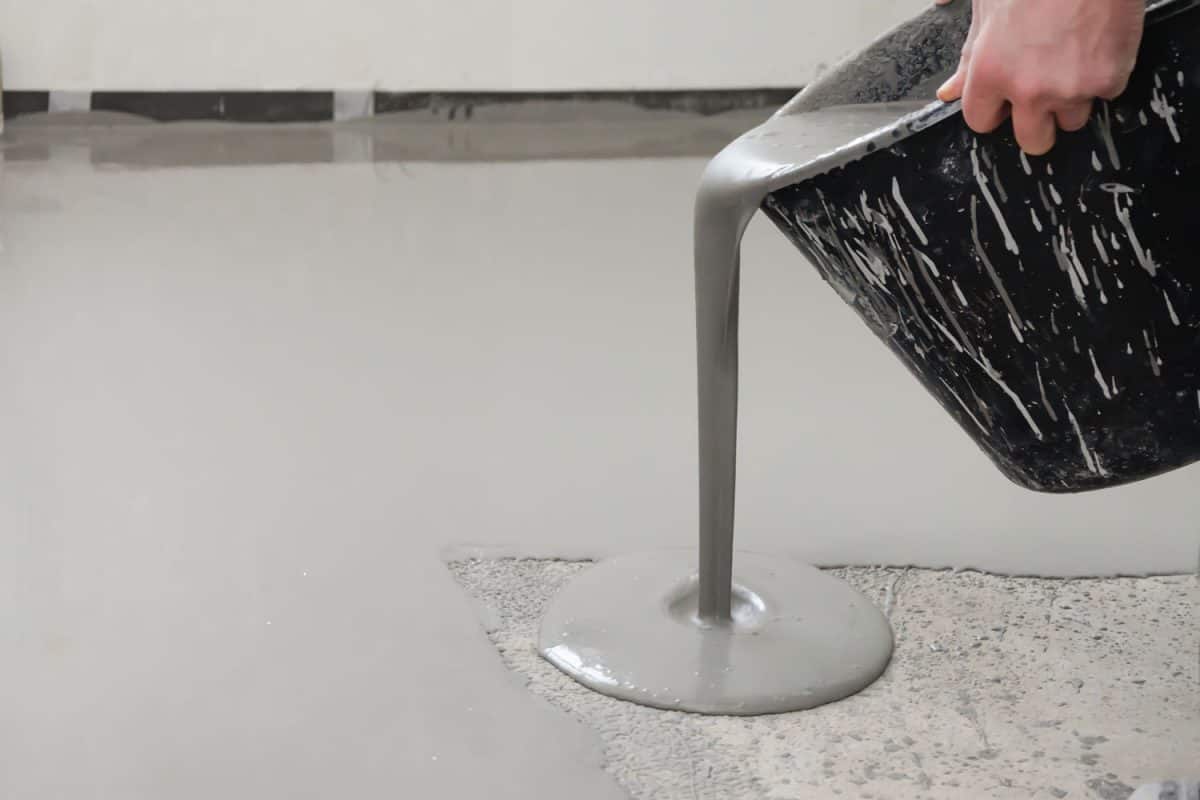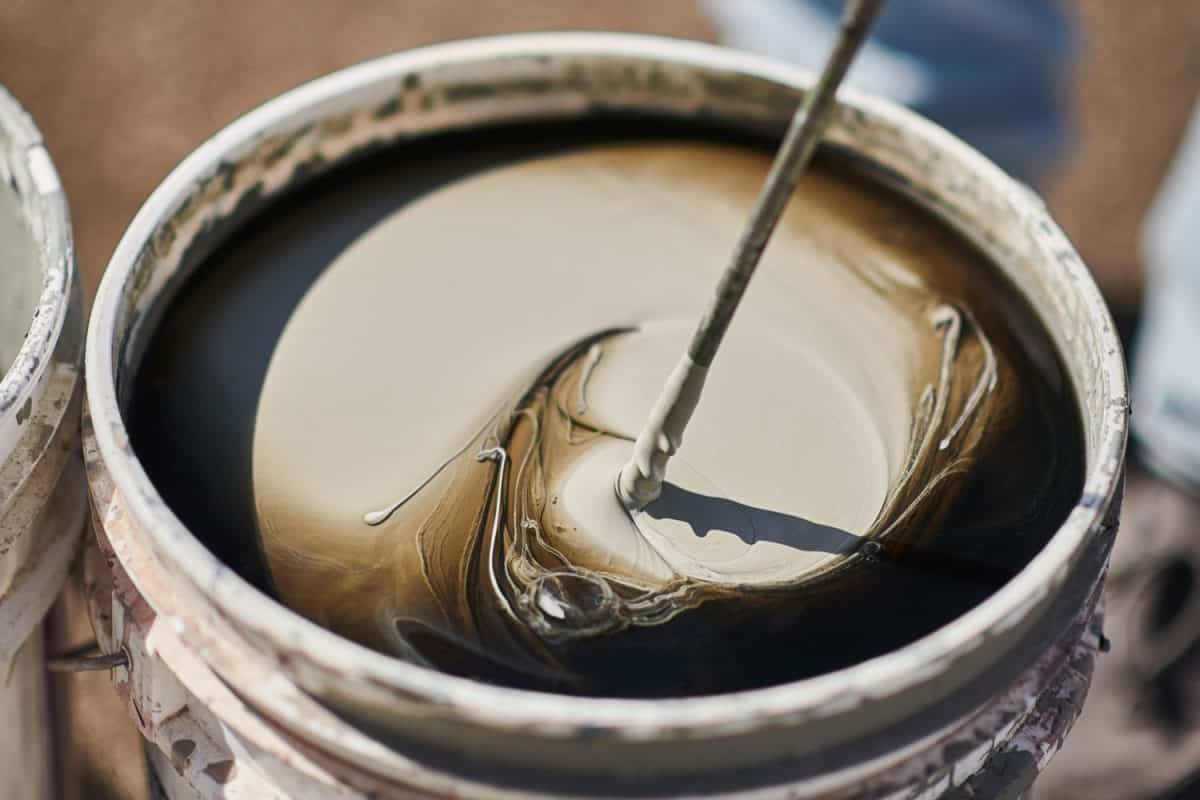The winter will be tough for your concrete coating projects. As much as possible, you do not want to see a lot of cracks on your walls or floors. The quality of epoxy might not be as potent when subjected to freezing temperatures. Working with epoxy in the cold needs more time, effort, and money. But do not fret, as there are techniques you can follow to avoid wasting epoxy. We have researched tips from experts on how to handle epoxy in cold weather.
Epoxy will not crack in the freezing weather. Instead, the concrete coated with the epoxy will crack. The epoxy cannot withstand the stress when the concrete cracks. Furthermore, the epoxy might not cure well if subjected to freezing temperatures. Crystal-like deposits forming in the epoxy will also prevent the proper curing time. In effect, concrete coatings using epoxy will not give the best results. Although freezing weather affects epoxy, you can still use it when following proper techniques.
The proper handling and storage during the cold weather will help preserve the epoxy for use. As much as possible, epoxy can still cure even if already subjected to cold temperatures. You can follow ways to get rid of the clumping, hardening, and crystallization of epoxy. Read along to find out how to save your epoxy in the cold weather.
NOTE: WE MAY GET A COMMISSION IF YOU DECIDE TO MAKE A PURCHASE THROUGH THESE LINKS. THERE'S ADDITIONAL NO COST TO YOU. CHECK THE BOTTOM OF THE PAGE FOR MORE INFORMATION.

What Happens If Epoxy Is Too Cold?
Epoxy is best applied in temperatures above 60° Fahrenheit. Epoxy exposed to freezing temperatures will likely cause problems. The curing of epoxy during winter will not give the best results. It will also result in uneven coating and loose bonding strength. Blending the epoxy with the hardener and resin will also be difficult. Additionally, epoxy subjected to freezing temperatures creates air bubbles. The bubbles reduce the effectiveness of the epoxy, making it an unreliable bonding agent.

Make Epoxy Work In Cold Days
Although the effects of the cold weather will reduce the quality and performance of epoxy, you can still use epoxy when certain procedures are properly done. Follow these tips to make epoxy work even on cold days.
Warm It Up
Epoxy will work well when the temperatures are from 60° Fahrenheit and above. It is best to keep the epoxy resin and hardener indoors to maintain its runny consistency. The basement is a good option to store your epoxy. If you are transporting the epoxy, you can place it under a heating vent in your vehicle.
Instead of keeping your epoxy in a cold garage, you can make your own hot box. A hot box will keep your epoxy warm in the cold weather. This helps keep the epoxy stored at a steady temperature of 59-68° Fahrenheit.
Aside from the epoxy itself, you also must warm up the surface you are working on. The cold temperatures will slow the process of bonding surfaces with epoxy. If the project is outdoors, most likely the surface will get cold and damp. The moisture could deteriorate the composition when applying epoxy to surfaces.
Mix Epoxy In A Small Pot
Epoxy gives off heat during the curing process. Using the epoxy's exothermic property, mixing the epoxy and the hardener in a small pot allows a chemical reaction that speeds up the healing process. Also, make use of a metal bucket or pot to avoid any damage caused by excessive heating. If there is too much heat, you can add sand to help it cool down. Never add water when mixing the epoxy.
Use A Fast Hardener
There are also hardeners manufactured to withstand temperatures as low as 41° Fahrenheit. These hardeners reduce the liquid and gel times of epoxy. The liquid time is the suitable time to add additives to the epoxy to create a workable consistency. On the other hand, the gel time is when the epoxy becomes rubbery. When exposed to low temperatures, the liquid and gel times will take longer for the epoxy to cure.

How Cold Can Epoxy Withstand?
The curing ability of epoxy slows down when the temperature reaches 50° Fahrenheit. Any temperature lower than 50°F can make the epoxy have extended curing times. If the epoxy's temperature reaches 32° Fahrenheit, it will totally lose its curing ability.
Can You Freeze Epoxy?
Freezing may damage the composition and usability of epoxy. You can freeze epoxy, but only for short periods of time. You just need to thaw and mix the epoxy properly in order to revive it. Let the epoxy warm at room temperature. Do not hasten this process to avoid further damage to the epoxy. When the consistency of epoxy is back, you can proceed to add other additives.
Epoxy Crystals
If you leave epoxy in the cold for a long time, it develops crystals. The crystals formed can make it difficult to pump out the epoxy. A crystallized epoxy has a milky-white color instead of the usual clear and amber-colored fluid. There will be no problem if the crystals melt as soon as possible. Below are the steps on how to melt the epoxy crystals.
Dealing With Epoxy Crystals
- Fill a bowl with hot water. Place the epoxy container inside.
- Open the lid to allow pressure to escape. As much as possible, do not open it wide so that water cannot come in.
- Leave the container until the crystals are fully melted.
- Stir the epoxy with a stick.
- Close the lid properly and invert the container to dissolve any crystal left.
For crystals formed in the epoxy pump, you can warm it by using hot tap water. Firstly, to avoid water and spillage of epoxy, place paper towels at each end. After this, place the pump into a Ziploc bag. Run the hot tap water to melt the crystals. The pump will be free of crystals quickly.
Which Is Better: Polyurea Or Epoxy?
Epoxy is a common floor coating material. It consists of a polyamine hardener and resin. Epoxy seals porous concrete, resulting in a hard and glossy finish. Epoxy is easily customizable to suit your needs. You can apply the epoxy on your own, but there are also some downsides.
Drawbacks Of Epoxy
Even though epoxy does its job well, listed below are some drawbacks of using epoxy:
- Gives off a toxic smell during application
- Takes several days to cure
- Easily chips or crack (not due to the cold weather)
- Makes the floor slippery, thus creating a hazard
- Prone to discolor due to improper mixing
What Is Polyurea?
Aside from epoxy, polyurea is also used in floor coatings. It is a type of elastomer that has a rubbery composition. Because of the elastic characteristic of polyurea, it is more flexible than epoxy. Aside from its elasticity, polyurea is more impact-resistant and durable than epoxy. As for epoxy, it is more susceptible to damage and epoxy film tears. On the other hand, polyurea is resistant to oil, chemicals, extreme heat, and tire marks.
Benefits Of Polyurea
Here are some benefits of choosing polyurea for your floor coating project:
- Easy and fast application (i.e. quick curing time)
- 20 times more durable than epoxy
- Resistant to harsh chemicals like salt, oil, and gas
- No odor or any volatile organic compounds
- Waterproof
Polyurea bonds to the surface quickly, and as much as possible, you must make no mistakes. Coating with polyurea also requires sophisticated tools like a dual feed pump. It is not a simple do-it-yourself project you can make on your own. Hence, you need to hire professional contractors who specialize in polyurea coatings. Of course, this will also incur more expenses.
Most contractors will choose polyurea over epoxy. But it will still depend on your needs. Contractors can help you choose depending on the floor type, your budget constraints, and other preferences. You can always ask their advice to guide you in choosing the best for your concrete flooring improvements.
In Closing
Epoxy is a common floor coating material. Epoxy will not crack in freezing temperatures. The effects of freezing weather on epoxy only reduce its ability to cure properly. With low-quality epoxy, coating projects may not result as planned. Frozen epoxy also develops crystals, which will affect the composition of epoxy when not thawed as soon as possible. Always remember that the proper storage and temperature during winter can maintain the usability of epoxy.



